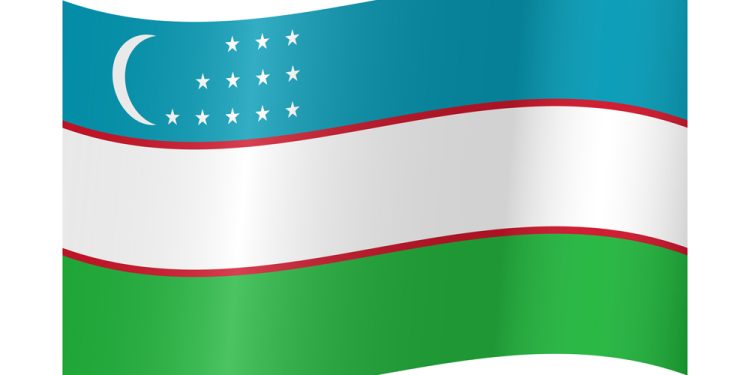#AgriculturalInnovation #WaterConservation #SustainableAgriculture #UzbekistanAgriculture #IrrigationModernization #EnvironmentalSustainability
In Uzbekistan, agriculture faces a significant challenge: 36% of the country’s water supply is lost in earthen canals, with additional losses due to outdated irrigation methods. President Shavkat Mirziyoyev emphasizes the urgency of water resource issues, highlighting the need for modernization. This article delves into the latest data, government initiatives, and solutions to transform Uzbekistan’s agricultural landscape.
Uzbekistan’s agricultural sector stands at a crossroads, grappling with substantial water losses and antiquated irrigation techniques. In the past year alone, the nation consumed 39 billion cubic meters of water, a staggering amount for a country where agriculture accounts for over 90% of freshwater usage. Alarmingly, 36% of this vital resource, equivalent to 14 billion cubic meters, was lost in earthen canals and ditches, as reported by President Shavkat Mirziyoyev. Furthermore, an additional 5-6 billion cubic meters were wasted due to outdated irrigation methods, painting a dire picture of inefficiency and environmental strain.
The President’s concern is well-founded. Outdated irrigation practices persist on 70% of Uzbekistan’s agricultural lands, leading to significant losses. To put this into perspective, 2.5 million hectares of land require 5000 pumps annually, consuming 7 billion kilowatt-hours of electricity. However, an alarming 80% of these pumps have exceeded their operational lifespan, operating for 35-40 years and contributing to both energy inefficiency and water wastage.
Addressing these challenges, President Mirziyoyev has issued directives aimed at transformative change. Firstly, he advocates for the concrete lining of canals to minimize water losses significantly. Additionally, replacing aging pumps with energy-efficient alternatives is a priority, reducing both energy consumption and water wastage. Furthermore, the installation of automated water measuring devices in hydraulic structures will enhance efficiency and accountability in water usage.
The urgency of this situation is underscored by Uzbekistan’s future water projections. According to Azimjon Nazarov, the First Deputy Minister of Water Resources, the country is expected to face a deficit of 7 billion cubic meters of water by 2030 if current trends persist. This stark reality necessitates immediate action and innovation within the agricultural sector.
In response to these challenges, Uzbekistan’s government has allocated substantial subsidies over the past two years to the water management sector. These funds aim to facilitate the adoption of water-conserving technologies and drive modernization efforts in agriculture. By investing in research, infrastructure, and the implementation of advanced irrigation techniques, Uzbekistan can pave the way for a sustainable agricultural future.
Uzbekistan’s agricultural transformation hinges on its ability to address water losses and modernize irrigation practices. President Mirziyoyev’s initiatives, coupled with strategic investments and technological advancements, offer a beacon of hope. By embracing innovation, Uzbekistan can not only mitigate water shortages but also foster a thriving, sustainable agricultural sector for generations to come.


































